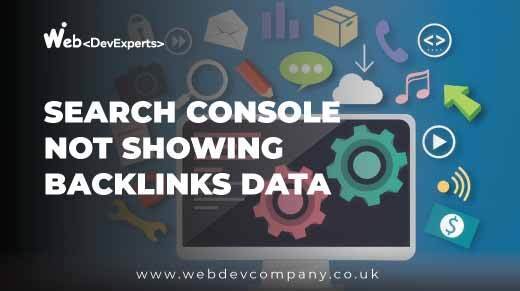Why Some Backlinks Have No Follow: Understanding the Basics
When it comes to search engine optimization (SEO), backlinks play a crucial role. They act as a vote of confidence for your website, signaling to search engines that your content is valuable. However, not all backlinks are created equal. Some links are marked as “no follow,” and understanding this concept is essential for anyone looking to improve their website’s performance. In this article, we’ll explore why some backlinks have no follow attributes, the implications for your SEO strategy, and how to make the most of them.
What Are Backlinks?
Before we delve into the specifics of no follow backlinks, let’s clarify what backlinks are. Backlinks are links from one website to another. They are also known as inbound links or incoming links. When a website links to your content, it essentially tells search engines that your content is worth visiting.
Personal Anecdote
I remember when I first started blogging. I was eager to get as many backlinks as possible, thinking they would automatically boost my site’s SEO. One day, I received a link from a popular site, but it was marked as “no follow.” At first, I was disappointed, thinking it wouldn’t help me at all. Little did I know, understanding these backlinks would be just as important as gathering the “do follow” ones.
What Does “No Follow” Mean?
A no follow link is a hyperlink that has a specific HTML attribute, rel="nofollow", added to it. This attribute tells search engines not to pass any authority or ranking power from the linking site to the linked site. In simpler terms, while a no follow link might still drive traffic to your website, it won’t directly contribute to improving your search engine rankings.
The Purpose of No Follow Links
So why do websites use no follow links? Here are some common reasons:
- Control Over SEO: Website owners may want to prevent search engines from associating their site with another site, especially if the linked content is not trustworthy.
- User-Generated Content: Platforms that allow user-generated content, like blogs or forums, often use no follow links to avoid spammy links that could harm their SEO.
- Paid Links and Advertisements: To comply with search engine guidelines, many sites mark sponsored links or paid ads as no follow to indicate that they aren’t organic endorsements.
The Implications of No Follow Links for Your SEO
Now that we know what no follow links are, let’s discuss how they can still play a role in your SEO strategy.
1. Driving Traffic
Even though no follow links don’t boost your SEO ranking, they can still drive significant traffic to your site. If a reputable website links to you, visitors may click through to your content. This exposure can lead to new followers, customers, or clients.
2. Building Relationships
Obtaining no follow links from reputable sites can help you establish relationships in your industry. These relationships can lead to future collaborations, guest posts, or even more valuable backlinks down the line.
3. Diversifying Your Backlink Profile
A healthy backlink profile includes a mix of both do follow and no follow links. Relying solely on one type can appear suspicious to search engines. A diverse profile is often seen as a sign of natural link-building efforts.
4. Influencing Social Signals
No follow links often come from social media or forums. While these don’t directly impact SEO, social signals can still influence your visibility online. Increased social engagement can lead to more shares and organic backlinks over time.
Step-by-Step Guide to Creating a Balanced Link Profile
Creating a balanced backlink profile requires some strategy. Here’s a step-by-step guide to help you:
Step 1: Identify Quality Sites
Start by identifying reputable websites in your industry. Use tools like Ahrefs or SEMrush to analyze their backlink profiles.
Step 2: Engage with Content
Comment on blog posts, participate in forums, or engage with social media content related to your niche. When you do, share your insights and, when appropriate, include a link back to your site.
Step 3: Use Guest Posting
Consider writing guest posts for reputable blogs. Many sites allow you to include a no follow link in your author bio. This helps you reach new audiences while establishing credibility.
Step 4: Monitor Your Backlinks
Regularly check your backlink profile using tools like Google Search Console or Moz. This will help you understand the balance between do follow and no follow links.
Step 5: Adjust Your Strategy
Based on your findings, adjust your link-building strategy. If you notice a lack of no follow links, consider targeting platforms that commonly use them.
Conclusion: Embrace No Follow Links
Understanding why some backlinks have no follow attributes is crucial for developing a comprehensive SEO strategy. While they may not directly impact your search rankings, they can still offer valuable traffic, help build relationships, and contribute to a diverse backlink profile.
Ready to Boost Your SEO?
If you want to take your SEO efforts to the next level, consider investing in professional SEO services. They can help you build a balanced backlink profile, optimize your content, and ultimately enhance your online presence.
Your Path to Success
Navigating the world of backlinks can be complex, but embracing both no follow and do follow links is essential. The more you understand about these links, the better you can position your site for long-term success.







